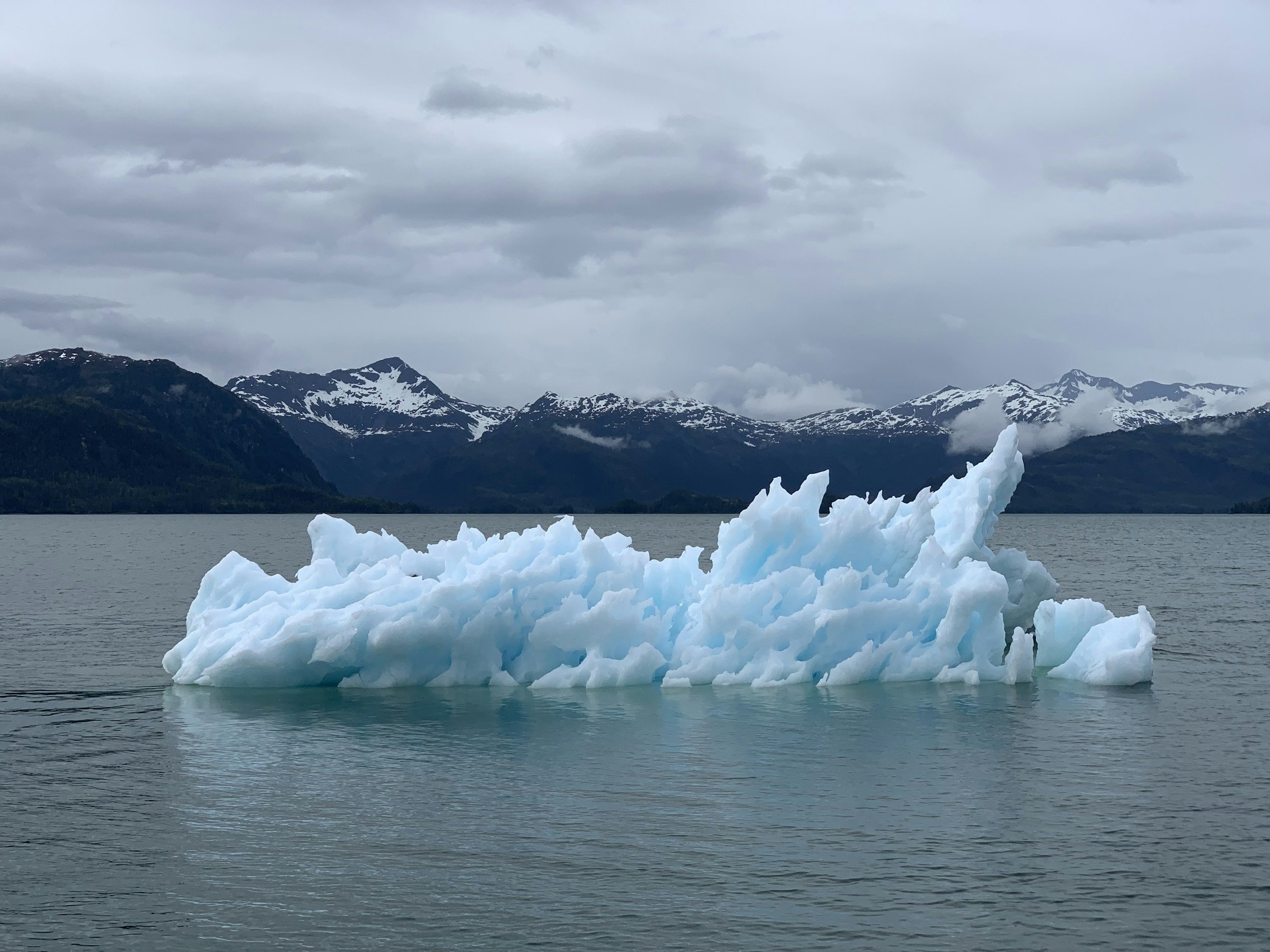
In the last few decades, climate change has been disrupting livelihoods with hotter temperatures and more frequent and intense climate events. This change has forced growing numbers of people – many who may have already been living at the edge of survival – to seek safer livelihoods elsewhere.
Climate-related displacement is now occurring with alarming frequency both in the U.S. and across the globe, with the majority of displaced people remaining within their country’s borders.
2022
Year that internal displacement triggered by climate impacts and other natural disasters hit an all-time high.
32.6M
Number of people affected globally.
3M
Number of impacted U.S. residents.
Climate migration displacements were spurred by:
Acute events such as hurricanes and wildfire, and growing climate stressors like drought, rising temperatures, and sea level rise.
Climate change is often referred to as a “threat multiplier” in that it exacerbates existing challenges and increases people’s vulnerability.
Migrating is costly, and requires resources, resilience, and capacity. New arrivals are well-positioned to make significant contributions to the local communities that receive them, if welcomed and supported.
It is challenging to identify one word or phrase to describe people displaced by climate change:
Migrant
“Migrant” has no internationally accepted legal definition, but has traditionally been used to refer to people who voluntarily move from one place to another in search of better living conditions.. Against an uptick in new arrivals at the Southern Border, the term “migrant” has become heavily politicized in recent years.
Immigrant
“Immigrant,” refers to people who move to a different country with the intention of settling. Here too, the term falls short in communicating the complexities of climate displacement, which is often domestic and sometimes temporary.
Climate Refugee
While terms like “climate refugee” or “environmental refugee” are sometimes used to describe people displaced by climate change, few governments currently offer a legal immigration pathway or humanitarian protection based solely on an individual’s exposure to climate change.
As none of the above terms accurately describe the realities of climate-driven displacements, we use the term “newcomer” in the context of this guide– and encourage you to consider doing the same.
More about “Newcomer”:
Newcomer refers to people who have moved from one community – or country – to another, for any length of time.
The term “newcomer” can describe people who have been displaced by climate events, recognizing that additional “push” and “pull” factors also contribute to both internal and international human migration.
Newcomers can be U.S. citizens or residents, or hold varying statuses, including immigrants, refugees, asylum seekers, or Temporary Protected Status (TPS). Some newcomers are undocumented; all are in need of welcome.
Climate change disproportionately impacts people of color, low-income individuals, and people from low-income countries.
In the U.S., existing immigrant and refugee communities are disproportionately affected by climate change and disasters. Receiving communities must understand the intersectionality of climate and inequality, and prepare to support newcomers in ways that address – rather than exacerbate – these disparities.


